Last Updated on 19th November 2024 by Raj Padhiyar
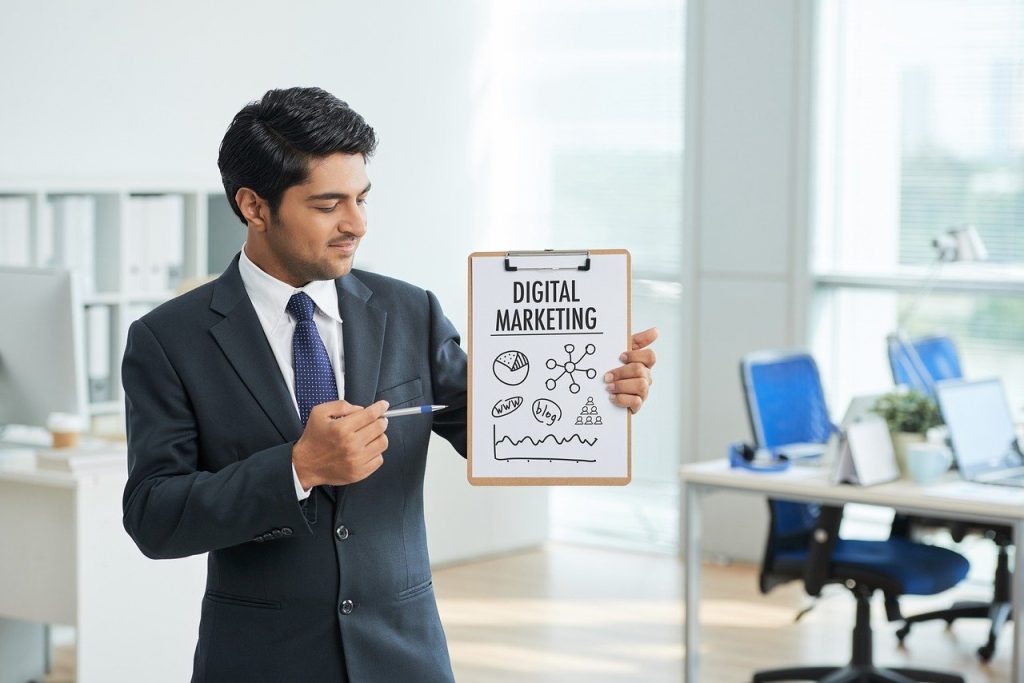
In the fast-paced world of digital marketing, staying ahead of the Digital Marketing Trend isn’t just an advantage—it’s a necessity. As 2025 approaches, the industry is poised for transformative shifts driven by technological advancements, evolving consumer expectations, and a heightened focus on personalization and sustainability. For businesses in India and across the globe, these trends are more than just buzzwords; they’re the roadmap to thriving in an increasingly competitive market.
From the integration of artificial intelligence in marketing strategies to the growing prominence of regional language content, this year promises a revolution in how brands connect with their audiences. Whether you’re a startup founder, a seasoned marketer, or a small business owner, understanding these trends is crucial to crafting impactful campaigns and building lasting customer relationships.
Let’s explore the key digital marketing trends that will define 2025 and how businesses can leverage them for success, with special focus on insights tailored to the Indian market.
Digital Marketing Trends for 2025 (MUST READ):-
1. AI in Marketing: The Silent Game-Changer
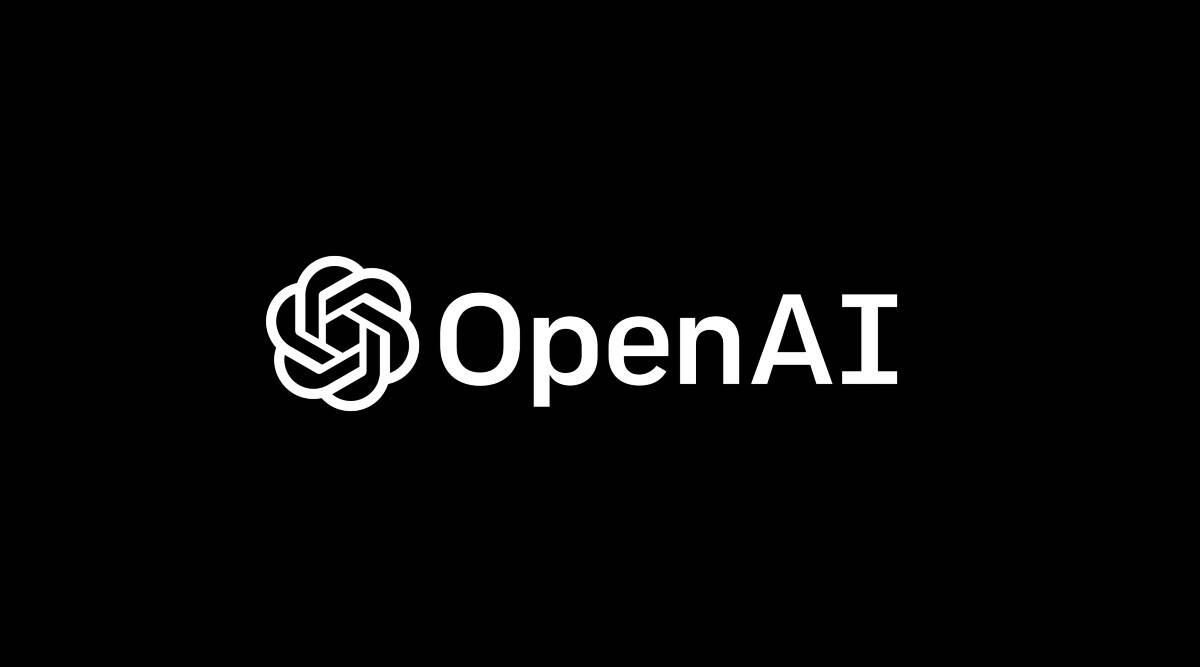
But here’s the catch: while AI empowers marketers with predictive analytics and automation, it risks making interactions feel cold and transactional if not balanced with human touch. In India, where emotional resonance often trumps logical reasoning in buying decisions, brands must walk a fine line. AI can recommend the perfect saree on Flipkart, but a heartfelt storytelling campaign—like Tanishq’s ads about celebrating diversity—still strikes a deeper chord.
2. Voice Search: A Revolution in Accessibility

We already know a number of the hottest clever voice assistants which might be currently available in the market at this time – Apple’s Siri, Google’s Google Assistant, Amazon’s Alexa, Microsoft’s Cortana and Samsung’s Bixby.
Voice search isn’t just a tool; it’s a revolution in accessibility. With 70% of Indian smartphone users embracing voice assistants like Google Assistant and Alexa, voice search is reshaping how we access information.
Think about it: a local Kirana store optimizing its digital presence for voice queries like “best rice near me” suddenly becomes discoverable to a wider audience. The challenge here lies in optimizing for regional languages. Voice searches in Hindi, Tamil, and Bengali are skyrocketing. Brands that embrace this multilingual wave will not just win; they’ll dominate.
3. Content is Still King, But the Throne is Changing

Influencer Marketing – We already seen the growing trend for it post Covid-19 & thus will likely be a spotlight level for a lot of entrepreneurs in digital marketing 2025. Its significance lies within the campaigns arrange by varied manufacturers, the place they want not less than one social media influencer to rapidly have interaction with the viewers.
Content marketing, the bedrock of digital strategies, is evolving. Long gone are the days when generic blogs could drive traffic. In 2025, the audience craves authenticity, depth, and interactivity.
Imagine a brand like Amul integrating augmented reality (AR) into its famous topical ads, allowing consumers to interact with the content directly. Similarly, long-form content isn’t dying—it’s thriving. The challenge lies in creating stories that captivate while offering actionable insights. Indian audiences, especially the youth, are consuming content in binge-worthy quantities, making platforms like Instagram Reels and YouTube Shorts indispensable.
The digital marketing panorama may also proceed to evolve, thus enabling manufacturers to seek out the keys to the locked doorways.Also, you can see infleuncer marketing training program to help your organisation by doing Influencer Marketing course offered by Digital Gurukul – Central India’s leading Digital Marketing Institute in Indore.
4. Social Commerce: The New Marketplace

Social media platforms are no longer just tools for engagement—they are marketplaces. Platforms like Instagram, Facebook, and even WhatsApp have blurred the lines between social interaction and e-commerce.
Take Nykaa, for instance. Its shoppable posts and influencer-driven campaigns have redefined beauty retail. Live shopping events are also gaining momentum, where real-time interaction meets instant gratification. Yet, the saturation of ads on social platforms might lead to consumer fatigue. To thrive, brands must innovate—think AR product trials or gamified shopping experiences.
Simply think about, in case you solely use photos as an alternative to movies in digital marketing, the response that you just get will solely be a proportion of what movies will fetch. However be sure that the viewers are aware of in regards to the timing and occasion particulars earlier than going stay, in any other case, your model may miss out on a big a part of the target market. Immediately, social media platforms similar to youtube, Instagram, Twitter, and so forth, all have stay video options and a marketer should put it to use to his personal benefit. And one also needs to know the truth that stays video advertising does matter for each type of an enterprise. All of it is dependent upon whether or not an enterprise needs to have interaction with it or not. I consider that is a very powerful digital advertising development to look out for in 2021. Some of the best tools for 360 videos are:
5. Influencer Marketing: The Rise of the Niche

Influencers are the new-age celebrities, but the landscape is shifting. In 2025, it’s not about the number of followers but the depth of influence. Micro and nano influencers, with their loyal and engaged audiences, are leading the charge.
The challenge? Authenticity. Consumers are becoming wary of over-commercialized endorsements. Indian brands like Mamaearth have shown how partnering with relatable influencers can humanize their message. However, the overuse of influencers without a coherent strategy might dilute a brand’s identity.
6. The Metaverse: A Double-Edged Sword

The metaverse is exciting and intimidating in equal measure. While it promises unparalleled engagement through virtual experiences, the high entry cost and lack of widespread adoption in India make it a risky bet.
That said, early adopters like Tata Motors, with their virtual showrooms, are setting a precedent. For marketers, the metaverse is both an opportunity and a challenge—dive in too early, and you risk alienating your audience; wait too long, and you risk irrelevance.
7. Gamification: Making Marketing Fun
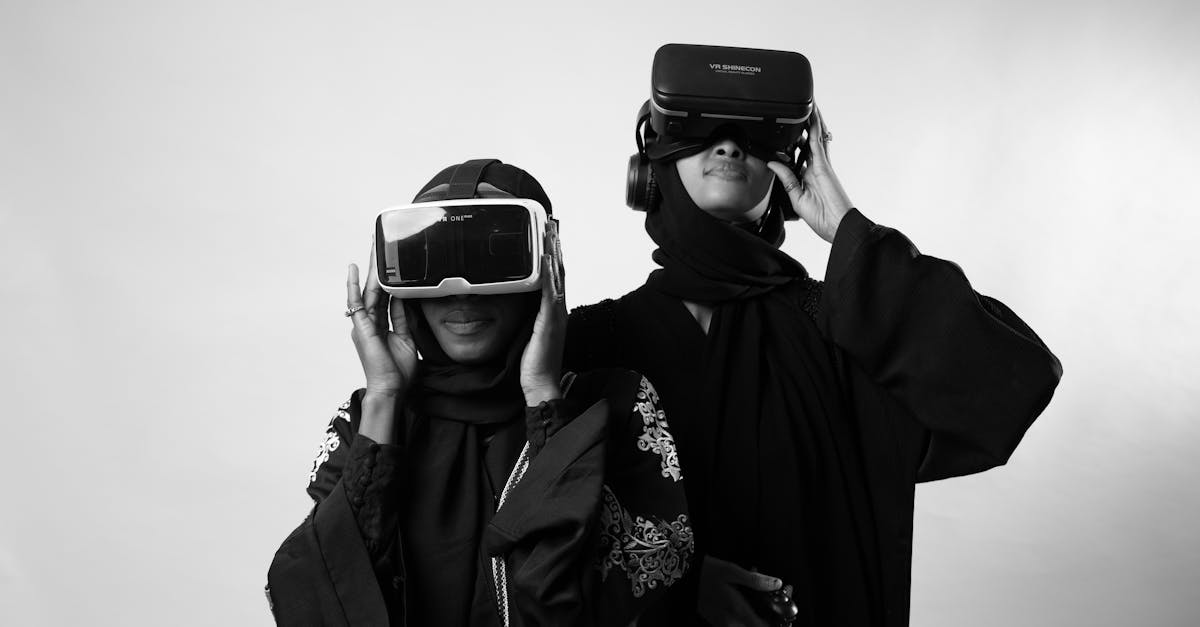
Gamification isn’t just about games; it’s about engagement. Reward programs, interactive quizzes, and AR-based campaigns are redefining how brands interact with their audience.
Cadbury’s festive AR campaigns, where users could scan chocolate wrappers to see personalized messages, have been a massive hit. The key is creativity—gamification that feels forced or irrelevant will backfire. But when done right, it transforms passive consumers into active participants.
8. VR and AR
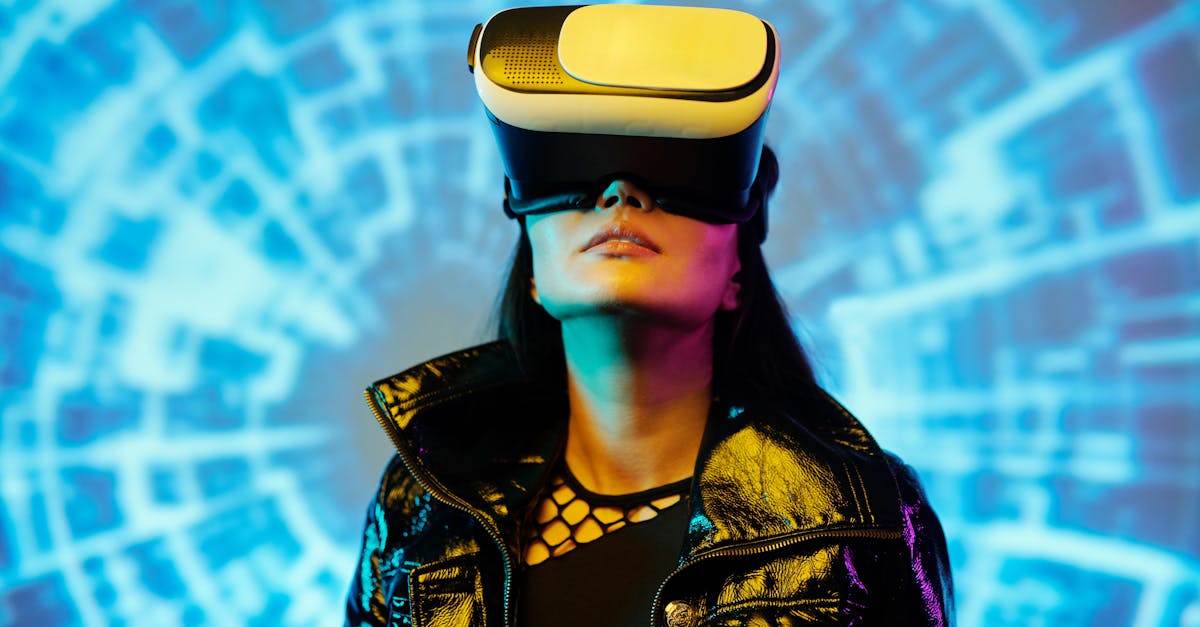
Although trends of AR & VR are increasing tremednously, some manufacturers have already begun using them of their advertising technique. They each principally are the recreation of the real-life atmosphere or a state of affairs generated by a pc.
The applied sciences are closely utilized in Hollywood sci-fi films. One of the best examples is Apple and Google’s latest addition to AR and VR tech into their units. And yearly they’re attempting to seize increasingly more prospects by enhancing on these two applied sciences because it helps in offering fascinating experiences to prospects. It could actually simply work together and make gestures with you, to some extent.
To Conclude – Digital marketing Trends in 2025 is a paradox of simplicity and complexity. On one hand, the core principles remain unchanged—know your audience, be authentic, and deliver value. On the other, the tools and tactics are evolving at breakneck speed.
For Indian brands, the stakes are higher. The diversity of the market, coupled with rapid digital adoption, creates unparalleled opportunities. But it also demands agility, innovation, and a deep understanding of consumer behavior. The question isn’t whether brands can keep up—it’s whether they can lead. Because in the ever-changing world of digital marketing, leaders are remembered, and followers are forgotten.


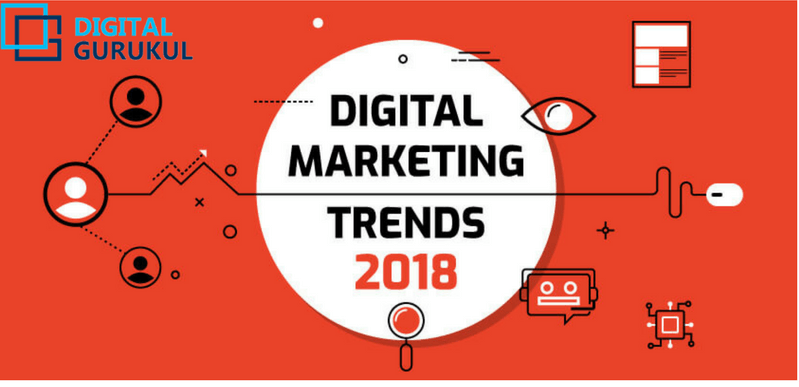
Стильные заметки по подбору стильных луков на любой день.
Заметки профессионалов, новости, все дропы и шоу.
https://rftimes.ru/news/2024-08-14-7-samyh-kultovyh-veshchey-ot-balenciaga
Thanks for sharing. I read many of your blog posts, cool, your blog is very good.
enten oprettet mig selv eller outsourcet, men det ser ud til
) سأعيد زيارتها مرة أخرى لأنني قمت بوضع علامة كتاب عليها. المال والحرية هي أفضل طريقة للتغيير، أتمنى أن تكون غنيًا و
This article provides insightful predictions about the digital marketing trends shaping 2025, especially for businesses in India. The integration of AI, voice search, and content personalization is set to revolutionize how brands connect with audiences. I particularly liked the emphasis on regional language content and how it opens up new opportunities for marketers. The shift towards influencer marketing, especially with micro and nano influencers, also highlights the growing need for authenticity. As digital marketing continues to evolve, embracing these trends will be key for businesses to stay competitive and resonate with their target audiences. Great read!
Nice post. I was checking constantly this blog and I am impressed! Extremely helpful information specially the last part I care for such info a lot. I was seeking this particular information for a very long time. Thank you and good luck.